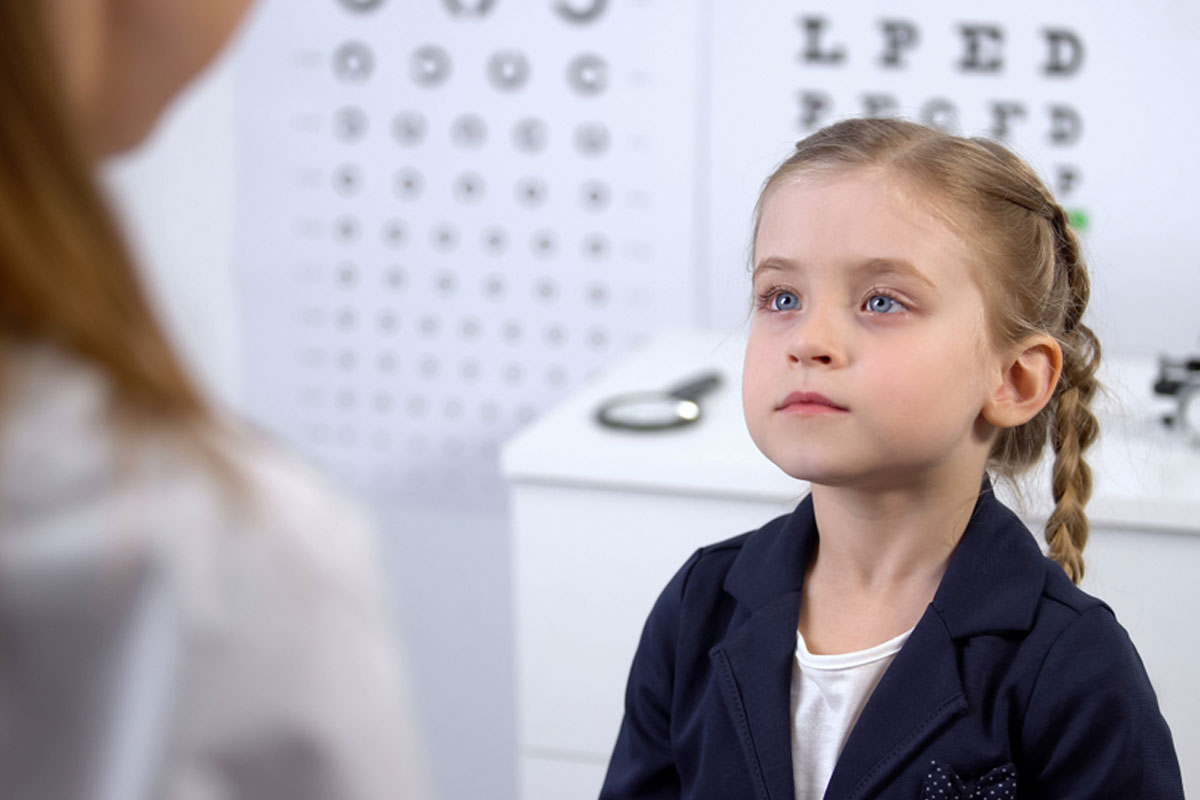
Nystagmus most commonly causes the eyes to look involuntarily from side to side in a rapid, swinging motion rather than staying fixed on an object or person. Some nystagmuses, however, cause the eyes to jerk sideways or up and down. These movements often result in reduced vision and depth perception and can affect balance and coordination. These involuntary eye movements can occur from side to side, up and down, or in a circular pattern. As a result, both eyes are unable to steadily view objects. People with nystagmus might nod and hold their heads in unusual positions to compensate for the condition. Generally, nystagmus is a symptom of another eye or medical problem. Fatigue and stress can make nystagmus worse. However, the exact cause is often unknown.
The forms of nystagmus include:
- Most often develops by 2 to 3 months of age. The eyes tend to move in a horizontal swinging fashion. It is often associated with other conditions, such as albinism, congenital absence of the iris (the colored part of the eye), underdeveloped optic nerves and congenital cataract.
- Spasmus nutans. It usually occurs between 6 months and 3 years of age and improves on its own between 2 and 8 years of age. Children with this form of nystagmus often nod and tilt their heads. Their eyes may move in any direction. This type of nystagmus usually does not require treatment.
- Develops later in childhood or adulthood. The cause is often unknown, but it may be due to the central nervous system and metabolic disorders or alcohol and drug toxicity.
Risk factors
Nystagmus is most commonly caused by a neurological problem that is present at birth or develops in early childhood. Acquired nystagmus, which occurs later in life, can be the symptom of another condition or disease, such as stroke, multiple sclerosis or trauma.
Other causes of nystagmus include:
- Lack of development of normal eye movement control early in life.
- Very high refractive error, for example, nearsightedness (myopia) or astigmatism.
- Congenital cataracts.
- Inflammation of the inner ear.
- Medications such as anti-epilepsy drugs.
- Central nervous system diseases.
Symptoms
- Involuntary eye movement.
- Movement can be in one eye or both.
- Objects may appear blurry and shaky.
- Nighttime vision problems or sensitivity to light.
- Balance and dizziness.
Treatment
While eyeglasses and contact lenses do not correct the nystagmus itself, they can sometimes improve vision. Using large-print books, magnifying devices and increased lighting can also be helpful. Some types of nystagmus improve throughout childhood. Rarely, surgery is performed to change the position of the muscles that move the eyes. While this surgery does not cure nystagmus, it may reduce how much a person needs to turn his or her head for better vision. If another health problem is causing the nystagmus, a doctor of optometry will often work with a primary care physician or other medical specialists to treat that underlying cause.
